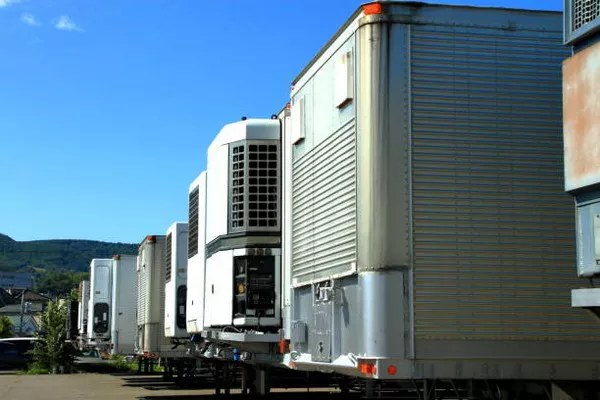In today’s dynamic world, where portable power is a necessity, inverter generators have emerged as a reliable and efficient solution. Unlike traditional generators, inverter generators employ advanced technology to deliver a stable and clean power output. This article delves into the intricacies of how an inverter generator works, highlighting the key components and the innovative technology that sets them apart.
Understanding the Basics:
At its core, an inverter generator is a compact and efficient power source that converts fuel into electricity with the help of a combustion engine. What distinguishes it from conventional generators is the integration of an inverter – a sophisticated electronic component that plays a pivotal role in producing high-quality electrical output.
The Engine:
Inverter generators typically feature a small and fuel-efficient combustion engine, often powered by gasoline or propane. The engine’s primary function is to convert the chemical energy in the fuel into mechanical energy, which is then used to turn the generator’s alternator.
Alternator:
The alternator in an inverter generator is a crucial component responsible for generating alternating current (AC). As the engine turns the alternator, it produces AC power. However, this power is not immediately suitable for sensitive electronic devices and appliances due to its variable frequency and voltage.
Inverter Technology:
The game-changing aspect of inverter generators lies in their ability to convert the generated AC power into direct current (DC) and then back into a stable AC output through the use of advanced inverter technology. This process ensures a consistent and clean power supply, making inverter generators ideal for powering sensitive electronics.
Rectification – Converting AC to DC:
The first stage of the inverter technology involves converting the generated AC power into DC power. This is achieved through a rectifier, a set of electronic components that allow the current to flow in only one direction. As a result, the alternating current is transformed into a direct current.
Inversion – Converting DC back to AC:
The DC power is then passed through an inverter – a sophisticated electronic circuit that plays a pivotal role in shaping the final output. The inverter uses pulse-width modulation (PWM) or other techniques to create a stable and consistent AC waveform with a fixed frequency and voltage. This is a crucial step in ensuring that the power generated is suitable for the delicate electronic components found in modern devices.
Voltage Regulation:
One of the notable advantages of inverter generators is their ability to regulate voltage with high precision. The inverter constantly monitors the output voltage and adjusts it as needed, providing a clean and stable power supply. This level of precision is especially crucial for sensitive electronic devices that require a steady voltage to function optimally.
Frequency Regulation:
In addition to voltage regulation, inverter generators also excel in maintaining a consistent frequency. The inverter monitors the frequency of the AC output and adjusts it to the desired level. This feature is essential for devices that rely on precise frequency synchronization, such as clocks and some electronic motors.
Fuel Efficiency and Smart Throttling:
Inverter generators are renowned for their fuel efficiency, a key feature that sets them apart from traditional generators. The integration of smart throttling technology allows these generators to adjust the engine speed based on the required load. When the demand for power is low, the engine runs at a slower speed, conserving fuel and reducing noise levels. As the demand increases, the generator’s smart throttle system responds by increasing the engine speed to meet the higher power requirements.
Parallel Operation:
Many inverter generators come equipped with the capability of parallel operation, allowing users to connect two generators to double the power output. This feature enhances flexibility, enabling users to adapt their power supply to varying needs. The inverter technology ensures that even when generators are connected in parallel, the output remains stable and suitable for powering sensitive electronics.
Noise Reduction:
Inverter generators are renowned for their quiet operation, making them a preferred choice in environments where noise is a concern. The integration of advanced mufflers, sound-dampening materials, and the smart throttling system contribute to significantly lower noise levels compared to traditional generators. This makes inverter generators suitable for camping, outdoor events, and other situations where a quieter power source is desirable.
See Also: How Does Ac Generator Work?A Comprehensive Look
Conclusion:
Inverter generators represent a technological leap forward in the realm of portable power solutions. Their innovative design, incorporating advanced inverter technology, ensures a clean and stable power output, making them ideal for sensitive electronic devices. The fuel efficiency, smart throttling, parallel operation capability, and noise reduction further enhance their appeal. As the demand for portable and reliable power continues to grow, inverter generators stand out as a versatile and efficient solution for a wide range of applications. Understanding the inner workings of these generators provides users with valuable insights into their capabilities and underscores their importance in our modern, connected world.


